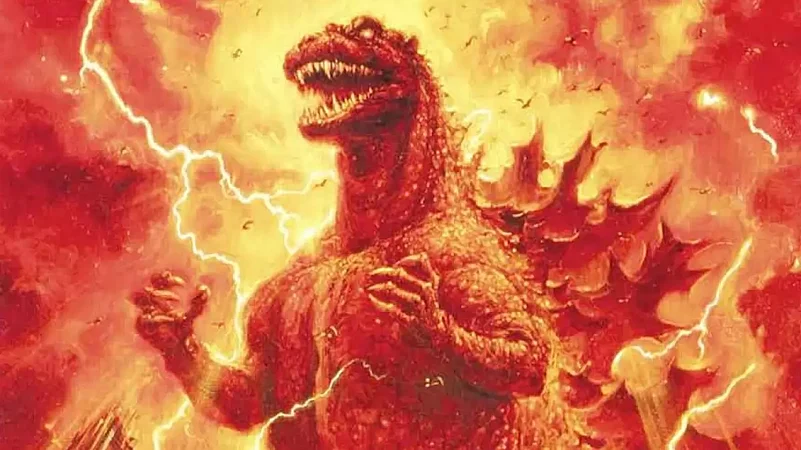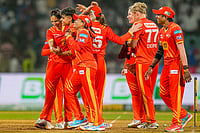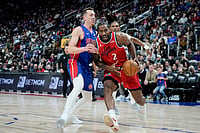Godzilla, the colossal, city-stomping icon of the kaiju genre, has been captivating audiences for about seven decades now. Born out of the post-war anxieties of the 1950s, Godzilla has undergone a remarkable transformation from a symbol of atomic terror to a beloved anti-hero. As we celebrate the long-standing franchise, it's worth taking a journey through the different eras of Godzilla's evolution.
The Shōwa Era (1954 - 1975)
The Shōwa era marked Godzilla's initial foray onto the silver screen. It all began with the 1954 classic directed by Ishiro Honda, which depicted Godzilla as a terrifying embodiment of the atomic bomb's destructive power. As the series progressed, Godzilla transitioned from antagonist to a more anthropomorphic kaiju hero, fighting alongside other monsters in films like "Ghidorah, The Three-Headed Monster." The Shōwa era was also responsible for introducing kid-friendly entries, such as "Son of Godzilla" and "All Monsters Attack." The era came to an end with "Terror of Mechagodzilla."
The Heisei Era (1984 - 1995)
In 1984, Toho Studios rebooted the franchise with "The Return of Godzilla," which ignored the continuity of all previous entries except the 1954 original. This era brought a more grounded and socially conscious Godzilla, focusing on themes like environmental devastation and scientific advancement. It also provided Godzilla with a proper backstory, introducing Godzillasaurus. Kenpachiro Satsuma portrayed Godzilla throughout the Heisei era.
The Millennium Era (1999 - 2004)
The new millennium ushered in a new era for Godzilla, starting with "Godzilla 2000: Millennium." This era embraced an anthology approach, with most films existing without reference to each other. Exceptions include "Godzilla Against Mechagodzilla" and "Godzilla: Tokyo S.O.S." This era laid the foundation for the ongoing Legendary Pictures' Monsterverse.
The Reiwa Era (2016 - Present Day)
After the success of the American Godzilla film, Toho Studios created "Shin Godzilla" in 2016, returning to Godzilla's origins as a metaphor for contemporary issues. This era has also seen the release of several anime Godzilla films and an animated series.
These distinct eras of Godzilla's evolution not only reflect the character's growth but also showcase the creative depth of one of the longest-evolving franchises. From a symbol of nuclear dread to a cultural icon, Godzilla has truly stood the test of time. Here's to many more years of colossal adventures and city-sized battles.
Godzilla's Evolution: A Look Back at the Franchise
The Godzilla franchise is undoubtedly one of the most loved and evolved ones. While the franchise has been captivating audiences for about seven decades now, here’s a look at the different eras of the Godzilla evolution that made some greatest memories and experiences for many

One of the hit films of the Godzilla franchise - “The Return of Godzilla”.
One of the hit films of the Godzilla franchise - “The Return of Godzilla”.
Published At:
- Previous Story
 China Warns Of Shift In Stance If US-South Korea Alliance Moves To Contain Beijing
China Warns Of Shift In Stance If US-South Korea Alliance Moves To Contain Beijing - Next Story
MOST POPULAR
WATCH
MORE FROM THE AUTHOR
PHOTOS
×





















